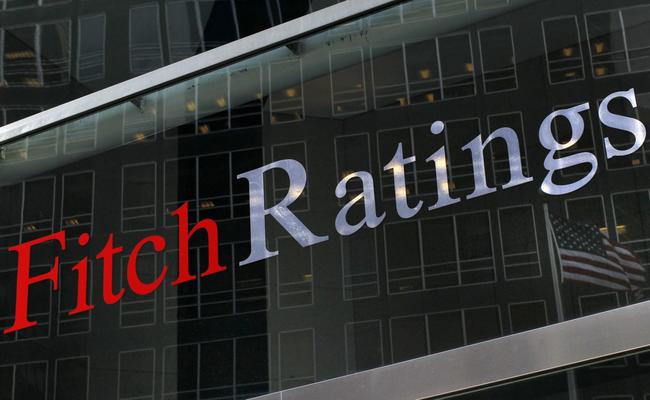
INTERNATIONAL credit watcher Fitch Ratings revised its outlook on the Philippines’ current rating, citing the strong impact of the pandemic on the economy, which could potentially result in scarring effects for the country.
In a statement late Monday, Fitch Ratings affirmed the country’s rating at ‘BBB”, but revised its outlook from the assigned “stable” in January this year down to a “negative” outlook.
A negative outlook on a sovereign’s credit rating means that it could potentially face a downgrade if its economic dynamics and metrics continue to deteriorate in the policy horizon.
“The revision of the Philippines’ Outlook to Negative reflects increasing risks to the credit profile from the impact of the pandemic and its aftermath on policy-making as well as on economic and fiscal out-turns,” Fitch Ratings said.
“Fitch believes there are downside risks to medium-term growth prospects as a result of potential scarring effects, and possible challenges associated with unwinding the exceptional policy response to the health crisis and restoring sound public finances as the pandemic recedes,” it added.
The ratings agency said the merit behind the maintained credit rating reflects the Philippines’s “robust external buffers” and projected government debt levels that, while rising, “should remain just below the median for ‘BBB’ rated peers”.
‘Ambitious’ vaccination goal
The credit watcher said the Philippine economy has been hit “particularly hard” in 2020, and recovery is still uncertain.
“New daily infections have been declining from their peak in April, but are still relatively high,” the credit watcher said.
Fitch also said while supplies of vaccination have been coming to the country in recent months, it may not be enough to reach the government’s target.
“The authorities aim to vaccinate up to 70 percent of the eligible population by end-2021, which Fitch views as ambitious because under 3 percent of the population was fully vaccinated as of the end of June,” Fitch said.
Weaker fiscal finances
The credit watcher also said the country’s fiscal finances have weakened, both in absolute terms and against peer medians, as a result of the pandemic.
“Under our baseline assumptions, we project general government debt-to-GDP [gross domestic product] to rise to 52.7 percent and 54.5 percent in 2021 and 2022, respectively, modestly below the corresponding ‘BBB’ medians of 57 percent and 58.7 percent,” Fitch Ratings said.
“Nevertheless, the rise in the debt ratio from 34.1 percent in 2019 is large and exceeds the median increase for ‘BBB’ peers. Fitch will monitor the evolution of the fiscal deficit and debt levels, as the balance between fiscal consolidation and ongoing government spending to support economic recovery will be an important consideration for the rating,” it added.
‘Credit strength’
On the other hand, Fitch Ratings said the Philippines’s external finances remain a “credit strength.”
“Foreign-currency reserves are high and gross external debt levels are manageable. Foreign-exchange reserves rose to $110 billion by end-2020 from about $90 billion in 2019, supported by proceeds from borrowing from multilateral institutions and bond issuances, for pandemic-related spending,” the credit watcher said.
Rating Sensitivities
Overall, Fitch said a sustained rise in the government or debt-to-GDP ratio associated, for example, with a reversal of reforms or departure from a prudent macroeconomic policy framework could push the negative outlook to a full downgrade of the country’s rating.
The ratings agency also said weaker medium-term macroeconomic prospects combined with diminishing policy credibility and a deterioration in external indicators could also invoke a negative action.
On the other hand, a sustained broadening of the government’s revenue base that will enhance fiscal finances and place the government debt-to-GDP ratio on a downward trajectory will trigger a positive rating, along with strengthening of governance standards towards those of the rating-category peer median.

